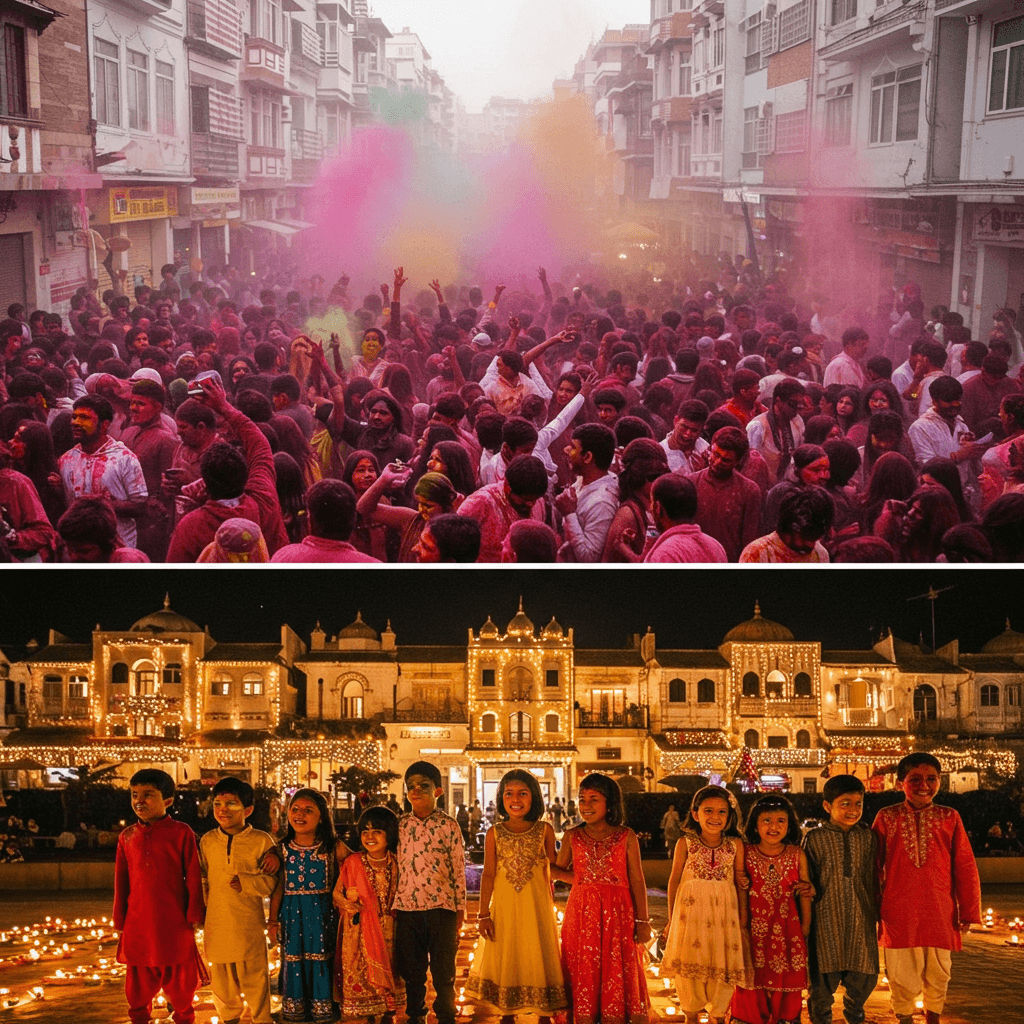Symbols of Unity, Ideology, and Collective Identity
In North Korea, festivals are more than joyful occasions—they are orchestrated expressions of national identity, ideological loyalty, and social cohesion. Every parade, performance, and ceremony serves a strategic role in shaping collective consciousness.
🎉 Day of the Sun (April 15)
The most significant holiday, marking the birth of founder Kim Il-sung. Streets are decorated with flags and flowers, mass parades take place, and citizens gather in traditional clothing to celebrate.
🪖 Army Foundation Day (April 25)
This holiday celebrates the military’s central role. Tanks, soldiers, and aircraft participate in massive military parades. The event underscores the importance of national defense and discipline.
🏮 Summer Night Festivals
During summer, parks host live performances, traditional dance shows, and fireworks. Youths wearing colorful outfits gather to enjoy music and social atmosphere.
🌾 Harvest Festivals
In rural areas, the end of farming season is marked by communal feasts, folk dances, and gratitude rituals. These festivals reflect Korea’s deep agricultural traditions.
🎭 Folk Arts Festivals
Throughout the year, groups from different regions showcase music and dance. Traditional costumes, local dialects, and instruments highlight the country’s internal diversity.
📚 Ideological Commemorations
Events like Party Foundation Day or Constitution Day feature official ceremonies, speeches, and ideological exhibitions aimed at strengthening loyalty to the leadership.
Conclusion
North Korean festivals merge ritual, ideology, and nationalism. They serve as powerful tools for shaping unity and reinforcing a state-approved vision of society.





No comment